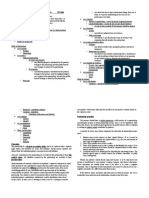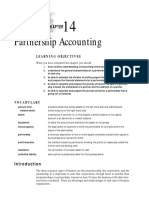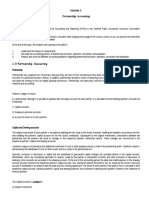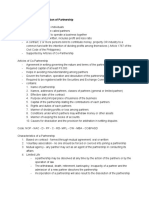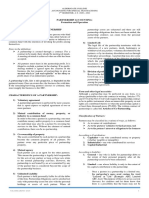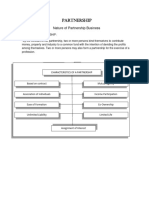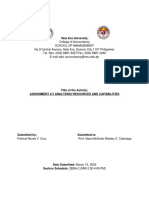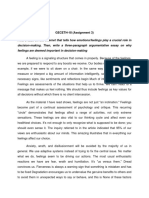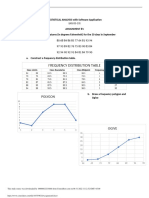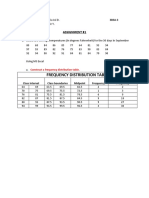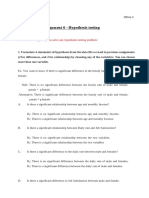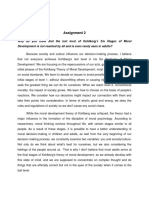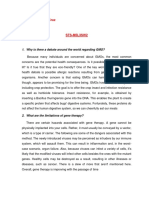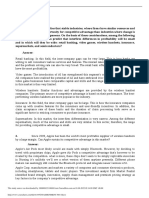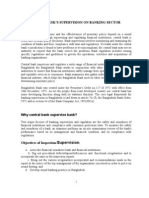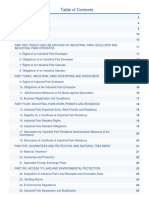0% found this document useful (0 votes)
97 views7 pagesSpectrans M1 M2
This document discusses partnerships and partnership accounting. It defines a partnership as an association of two or more people to carry on a business for profit. Partnerships offer advantages like ease of formation and separate legal personality, but also disadvantages like unlimited liability.
Partnership accounting involves accounting for initial capital contributions, dividing profits and losses, admitting or withdrawing partners, and winding up the partnership. Each partner has a capital account to track their equity stake over time. Drawing accounts are used to track temporary withdrawals for personal expenses. Profits or losses are allocated to the partners' capital or drawing accounts.
The document outlines rules for properly forming a partnership, including executing an agreement, valuing contributions, and making necessary account adjustments to reflect
Uploaded by
Patricia CruzCopyright
© © All Rights Reserved
We take content rights seriously. If you suspect this is your content, claim it here.
Available Formats
Download as PDF, TXT or read online on Scribd
0% found this document useful (0 votes)
97 views7 pagesSpectrans M1 M2
This document discusses partnerships and partnership accounting. It defines a partnership as an association of two or more people to carry on a business for profit. Partnerships offer advantages like ease of formation and separate legal personality, but also disadvantages like unlimited liability.
Partnership accounting involves accounting for initial capital contributions, dividing profits and losses, admitting or withdrawing partners, and winding up the partnership. Each partner has a capital account to track their equity stake over time. Drawing accounts are used to track temporary withdrawals for personal expenses. Profits or losses are allocated to the partners' capital or drawing accounts.
The document outlines rules for properly forming a partnership, including executing an agreement, valuing contributions, and making necessary account adjustments to reflect
Uploaded by
Patricia CruzCopyright
© © All Rights Reserved
We take content rights seriously. If you suspect this is your content, claim it here.
Available Formats
Download as PDF, TXT or read online on Scribd
/ 7















